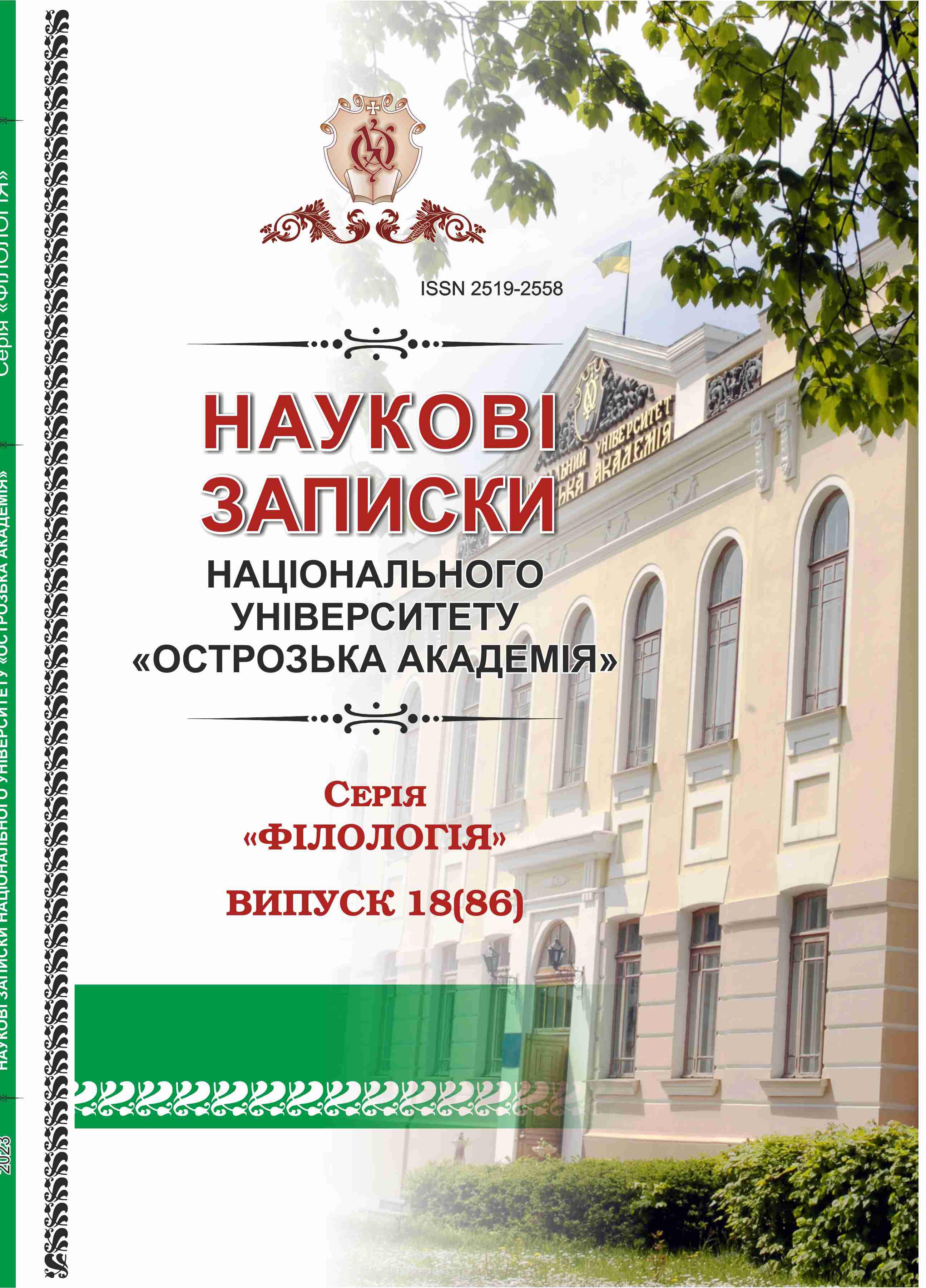EVALUATION OF HUMAN CREATURES IN ELIZABETHAN PROSE FICTION
Keywords:
prose fiction, Elizabethan period, creature, modifiers, evaluationAbstract
The primary objective of this research is to investigate the distinctive aspects of the evaluation of human beings as creatures in prose fiction of the Elizabethan period (1558–1603) in the history of English literature. The emergence of imaginative prose, originally written in the English language in the second half of the Tudor era, represents a significant literary development of that time. This advancement coincided with the ongoing religious Reformation, potentially impacting the perception and interpretation of traditional religious concepts.
To achieve the stated aim, a corpus of Elizabethan prose fiction was compiled, and the occurrences of the word “creature” with modifying adjectives in pre- and postpositions within the corpus texts were examined. Distributional and semantic analyses of the usage of the word creature in conjunction with modifying adjectives allowed us to ascertain the referential scope of the word “creature”, classifying its referents into а male-creature, female-creature, and a human being-creature, to determine the adjectives employed by Renaissance authors to evaluate human creatures positively or negatively.
The research findings demonstrated that Elizabethan authors portrayed human creatures multifacetedly, differing in their positive and negative evaluations. These findings suggest diverse influences on the interpretation of the concept “creature” in the literary works of the Elizabethan period, i.e., traditional religious and biblical views were interwoven with ideas from classical and Renaissance continental literature, and both contributed to the miscellaneous understanding and evaluation of human creatures.

